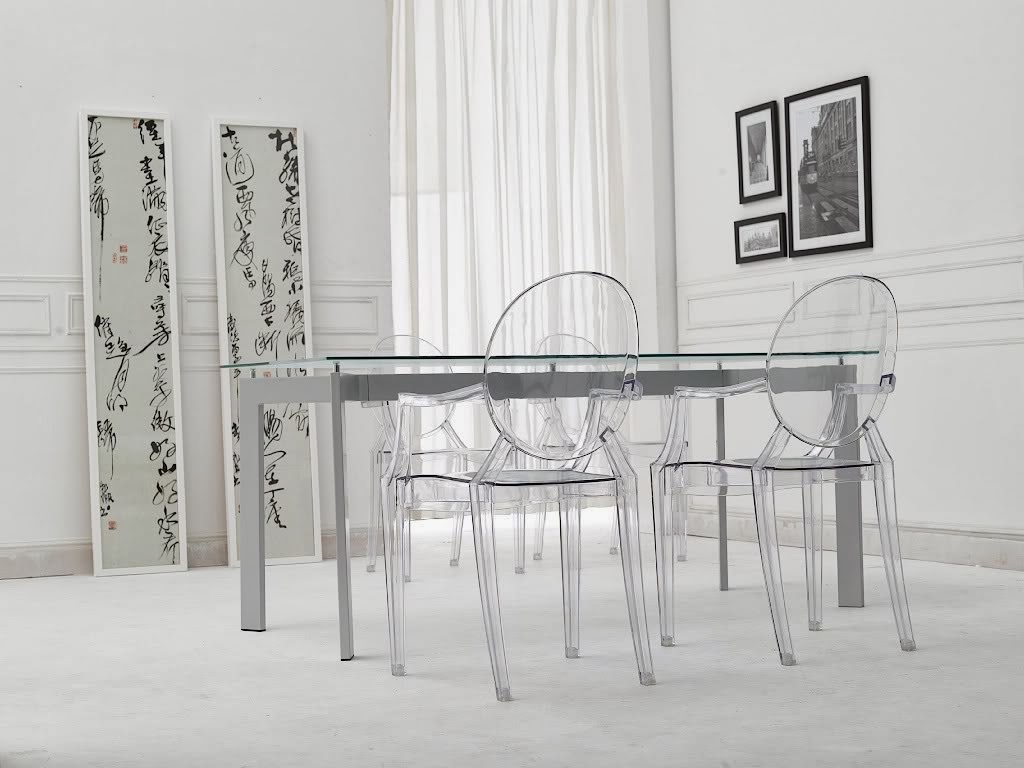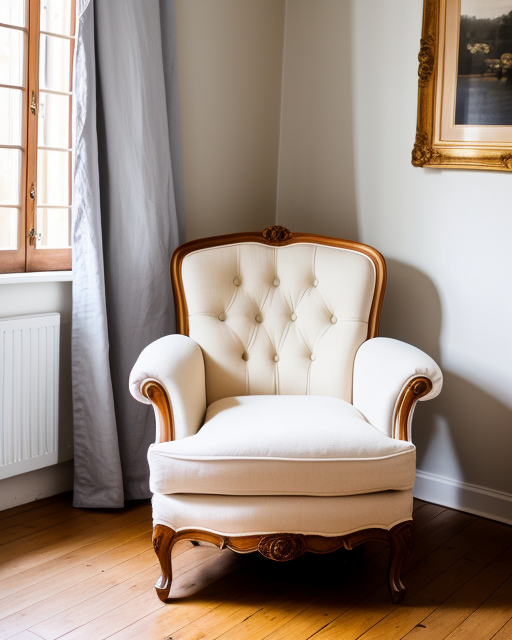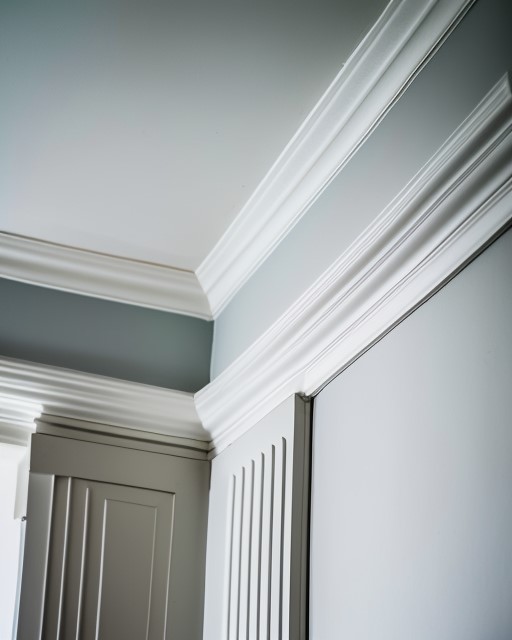A Quick overview of Philippe Starck’s career.

Philippe Starck is a world-renowned French designer known for his innovative and eclectic designs. Born on January 18, 1949, in Paris, Starck took an unconventional path by attending the École Nissim de Camondo rather than pursuing formal design education. He first gained recognition in the 1980s for his design of interiors, furniture, and household objects, characterized by their simple, clean lines and whimsical touch. Starck’s career spans diverse fields such as industrial design, architecture, and interior design, and he has collaborated with several leading companies and brands across the globe.
Starck’s breakthrough came in the 1980s with the design of the Café Costes in Paris, which garnered attention for its avant-garde aesthetic and daring use of materials. This project catapulted him to international fame and led to numerous high-profile collaborations. He is known for his keen eye for detail and eclectic design sensibility, seamlessly blending modern and organic elements in his creations.
Philippe Starck’s artistic vision transcends boundaries, blending functionality with innovative design concepts. His ability to create unique and visually striking designs has solidified his position as one of the most influential designers of his generation, shaping the world of contemporary design for decades.
Philippe Starck’s Unique Style
Philippe Starck’s unconventional and avant-garde approach to design is characterized by several key elements.
Firstly, he is known for his emphasis on storytelling and creating emotional connections through his designs. Starck believes that design should go beyond mere functionality and aesthetics, and should instead provoke an emotional response in users. He incorporates symbolism, narratives, and cultural references into his designs, giving them a deeper meaning and unconventional appeal.
Secondly, Starck often challenges traditional design norms and conventions. He embraces a non-conformist attitude, seeking to break away from established rules and expectations. He is not bound by traditional design principles and is willing to explore unconventional ideas and approaches.
In terms of aesthetics, Starck’s designs are often characterized by a mixture of boldness and simplicity. He combines unexpected shapes, materials, and colors to create visually striking and thought-provoking designs. His creations often feature unconventional forms and silhouettes that stand out from more mainstream or conventional designs.
Furthermore, Starck is known for his environmentally conscious approach. He believes in sustainable design and advocates for the use of eco-friendly materials and practices. His avant-garde approach includes incorporating recycled or upcycled elements into his designs, as well as promoting longevity and durability in his creations.
Overall, Philippe Starck’s unconventional, avant-garde approach to design is characterized by storytelling, a non-conformist attitude, striking aesthetics, environmental consciousness, and a desire to challenge and inspire.
A Sample of Philippe Starck’s Genius
Philippe Starck is renowned for his innovative and influential designs that have left a lasting impact on the world of design. Here are three of his most influential designs, each showcasing his unique design language:

Juicy Salif. The Juicy Salif is perhaps one of Starck’s most recognizable and iconic designs. This citrus squeezer, characterized by its unconventional and sculptural form, challenges conventional notions of functionality in design. Its sleek, tripod-like structure composed of extruded aluminum creates a striking visual presence. Despite initial skepticism regarding its functionality, the Juicy Salif has become an emblem of Starck’s ability to combine aesthetics with practicality, demonstrating that design can evoke an emotional response and provoke thought.

Ghost Chair. The Ghost Chair, designed in collaboration with Kartell, is another notable creation by Starck. This transparent polycarbonate chair embodies the concept of “ghostly” transparency, blurring traditional boundaries between space, light, and form. The chair’s clean lines and minimalist appearance create an ethereal and weightless quality. It seamlessly merges with various interior styles and architectural environments, making it a versatile and timeless piece of furniture.

Costes Chair. The Costes Chair is a testament to Starck’s ability to reimagine traditional design elements with a contemporary twist. This iconic chair, created for the Costes restaurant in Paris, blends organic and geometric shapes. Its circular wooden backrest, reminiscent of a captain’s chair, is juxtaposed with a sleek and angular frame. The combination of materials, such as lacquered beechwood and leather, adds a touch of luxury and sophistication. The Costes Chair exemplifies Starck’s skill in creating visually captivating designs that seamlessly integrate functionality and comfort.
These three designs by Philippe Starck exemplify his ability to challenge conventional design norms, exploring the balance between form and function. Through innovation, minimalism, and unique forms, Starck has left a lasting influence on the world of design.
How do Starck’s designs challenge traditional interior design norms?
Philippe Starck’s designs have been instrumental in challenging traditional interior design norms through their unique and often boundary-pushing concepts. Here’s how his designs have challenged and redefined the norms of interior design:
Breaking with Conventional Aesthetics. Starck’s designs often deviate from traditional aesthetics, embracing unconventional forms, and experimental shapes..
Blurring Boundaries Between Function and Art: Starck’s designs often blur the line between functional objects and artistic creations. He combines form and function in unexpected ways, transforming everyday objects into dramatic and sculptural pieces.
Emphasizing Minimalism and Simplicity. Starck’s designs often embrace minimalist principles, favoring clean lines, simplicity, and essential forms. This departure from ornate and excessive design styles challenges the norms of interior design that often emphasize opulence and decorative elements.
Democratizing Design. Another way in which Starck challenges traditional interior design norms is through his commitment to making design more accessible to a wider audience. He has collaborated with mass-market brands, creating affordable versions of his iconic designs.
Philippe Starck: Much More than an Influencer
Philippe Starck is a renowned French designer who has played a significant role in shaping contemporary interior design philosophy. He has had a profound influence on the field through his innovative approach and unique design sensibilities. Here are some ways in which Starck has impacted design philosophy in contemporary interior design:
Functionalism and Minimalism. Starck promotes functionalism by designing objects and spaces that are both visually appealing and practical. His designs often feature clean lines, simple forms, and minimalist aesthetics, emphasizing the importance of functionality and user experience.
Sustainable Design. Starck is a strong advocate for sustainability in design. He believes in creating products that are environmentally friendly and have a minimal impact on the planet. His designs incorporate sustainable materials and production processes, aiming to reduce waste and carbon footprint.
Emotional Design. Starck emphasizes the emotional connection between users and their surroundings. He believes that design should evoke emotional responses and enhance the well-being of the users. His interiors often create a sense of comfort, harmony, and positive ambiance.
Playfulness and Quirkiness. Starck’s designs often feature playful and unconventional elements, adding a touch of humor and quirkiness to spaces. This approach challenges traditional design norms, inviting users to engage with their environments in a more creative and lighthearted way.
Democratization of Design. Starck strives to make high-quality design accessible to a wider audience. He has designed affordable and mass-produced products, allowing more people to experience good design and aesthetics in their everyday lives.
Overall, Philippe Starck’s influence on contemporary interior design philosophy can be seen through his focus on functionality, sustainability, emotional design, playfulness, and the democratization of design. His innovative ideas have inspired and influenced countless designers around the world.
Overall, Philippe Starck’s designs challenge traditional interior design norms by introducing unconventional aesthetics, blurring the boundaries between art and function, embracing minimalism, and making design more accessible. His designs encourage us to question and rethink established norms, paving the way for more diverse and creative approaches to interior design.





